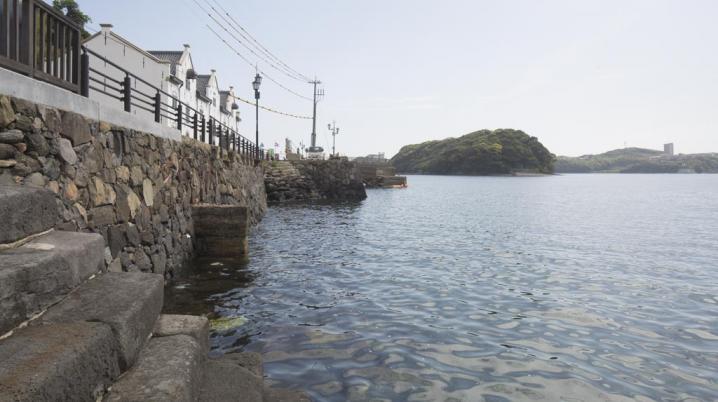


Waterworks worldwide
With the Dutch Waterworks Worldwide project, Dutch photographer Luuk Kramer wishes to generate attention for Dutch water-related heritage outside of the Netherlands. Japan was his first stop, but he eventually hopes to feature waterworks in Indonesia, India, Bangladesh, South Africa, Brazil, Suriname, the USA, Poland and Russia. His next stop will be Suriname, in August. The photographs will be presented in a publication and an exhibition, both of which are scheduled for 2020.
Water under the bridge?
When we talk about the Netherlands’ presence in Japan, the former trading post on the artificial island of Dejima in Nagasaki Bay might spring to mind. But not many people know that the embankments of the canal separating Dejima from the mainland were designed by the Dutch civil engineer Johannis de Rijke at the end of the 19th century. De Rijke was one of the ‘watermen’, a group of mainly Dutch civil engineers who were invited by the Japanese government to help with waterworks in the period between 1872 and 1903.
All over Japan
The locations Kramer selected to photograph cover the whole range of waterworks in Japan in which the Dutch were involved. This took Kramer from the well-known trading posts in Dejima and Hirado to the West Port of Misumi, designed by De Rijke and registered as World Heritage, and via a breakwater dam in the Chikugogawa River and a water tunnel in the mountains of Kyoto to De Rijke’s masterpiece at Kiso Three Rivers, where he designed and supervised the construction of large-scale flood control works.
Luuk Kramer’s working visit to Japan was supported by the Shared Cultural Heritage Matching Fund from DutchCulture (Info in Dutch: reiskostenvergoeding).